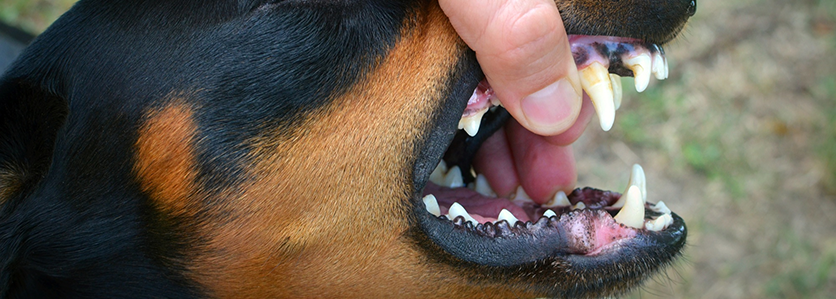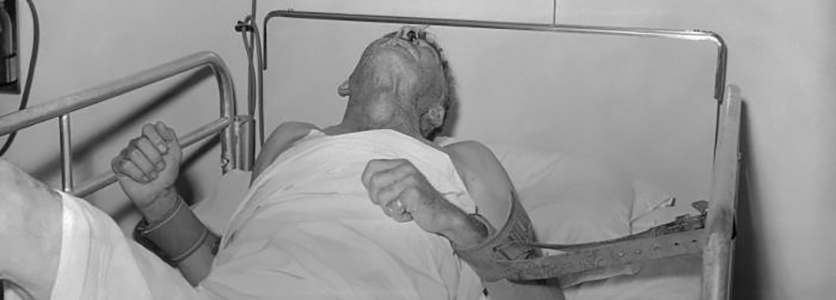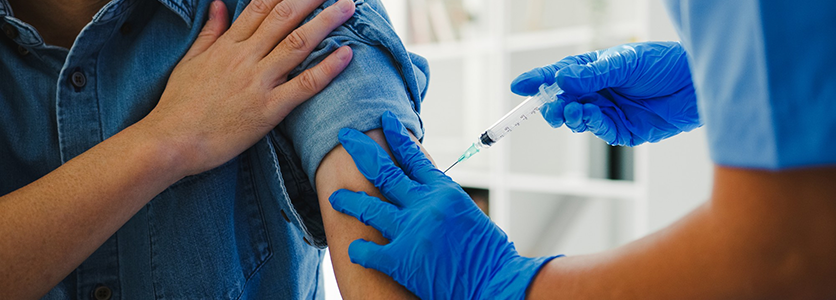Rabies: Precaution through Vaccination
March 27, 2023

Rabies is a disease caused by an RNA virus which attacks nervous tissues. Globally, it kills 30,000 people a year (mostly in India), and 70 people a year in Vietnam. The first records of the disease was documented in Mesopotamia in 1930BC – a codex of laws describing the financial penalty an owner would have to pay if their infected dog bit someone.
How do you get rabies?

The disease only occurs in mammals. It does not occur in birds or reptiles. It is typically transmitted through the bite of an infected animal, although infected saliva can transmit the disease via open sores/wounds without a bite per se.
Ninety per cent of rabies cases in Vietnam are caused by dog bites, although cats, monkeys, bats and even cows have been known to cause transmission.
The horrifying symptoms of rabies

Symptoms in humans develop one to three months after exposure. A fluey malaise progresses to confusion, agitation, paralysis, loss of consciousness – with death occurring two to 10 days after the initial symptoms. The signature signs are over productive salivary glands, and a swollen painful throat which causes the sufferer to panic when presented with water or other fluids (hydrophobia).
Once symptoms have begun, it is the deadliest disease on Earth, with a 99.9 per cent fatality rate. There are no meaningfully effective treatments, although very occasionally a regimen known as the Milwaukee protocol involving heavy sedation is tried. This has a similar success rate to medieval therapies, which have included poultices of cloth made from hyena skin, and preparations made from the skull of a hanged man!
Vaccination as a means of precaution

The management of rabies is based on pre-exposure vaccination and post-exposure prophylaxis. The original vaccine was developed by Louis Pasteur and Emile Roux in 1885, harvesting it from the dried nervous tissues of infected rabbits. Modern vaccines are made using cell lines from chicken embryos, or green monkey kidneys – depending on taste!
Pre-exposure vaccination involves three shots, which will provide coverage for three to five years. People who have been bitten while covered still need a further two shots, ideally given on the day of the bite and three days after. People who are exposed without prior vaccination should receive a more complicated regime with Human Rabies Immunoglobulin injected directly into the bite, plus four shots of vaccine given over a 14-day period. HRIG administration is not a pleasant experience, but the regimen is very successful if given within the first 10 days (the sooner the better). There are significant benefits even after this, and the regimen should be given however delayed, before the development of rabies symptoms proper.
If anyone wishes to get their rabies prevention in early, Columbia Asia has vaccines available and will be very glad to help.

Dr Julian Martin Chadwick - Internal Medicine Physician
Columbia Asia Hospital - Saigon
